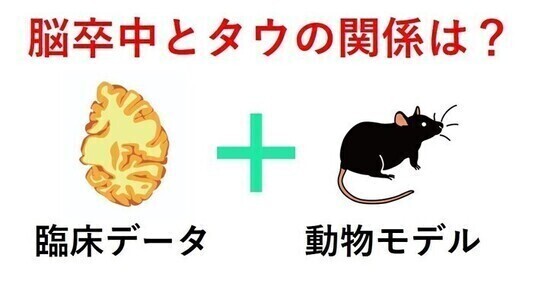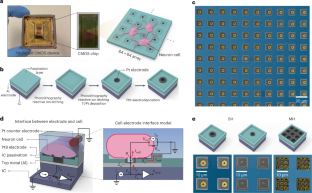2025-02-13 インペリアル・カレッジ・ロンドン (ICL)

Imperial researchers have decoded the signals between hand movements and the brain, paving the way for more natural-feeling prosthetics.
<関連情報>
- https://www.imperial.ac.uk/news/260637/bioengineering-makes-robotic-limbs-feel-natural/
- https://www.science.org/doi/abs/10.1126/scirobotics.ado9509
自然なバイオニック・インターフェースのための義手デザインにおける運動ニューロンと姿勢の相乗効果 Merging motoneuron and postural synergies in prosthetic hand design for natural bionic interfacing
Patricia Capsi-Morales, Deren Y. Barsakcioglu, Manuel G. Catalano, Giorgio Grioli, […], and Dario Farina
Science Robotics Published:15 Jan 2025
DOI:https://doi.org/10.1126/scirobotics.ado9509
Abstract
Despite the advances in bionic reconstruction of missing limbs, the control of robotic limbs is still limited and, in most cases, not felt to be as natural by users. In this study, we introduce a control approach that combines robotic design based on postural synergies and neural decoding of synergistic behavior of spinal motoneurons. We developed a soft prosthetic hand with two degrees of actuation that realizes postures in a two-dimensional linear manifold generated by two postural synergies. Through a manipulation task in nine participants without physical impairment, we investigated how to map neural commands to the postural synergies. We found that neural synergies outperformed classic muscle synergies in terms of dimensionality and robustness. Leveraging these findings, we developed an online method to map the decoded neural synergies into continuous control of the two-synergy prosthetic hand, which was tested on 11 participants without physical impairment and three prosthesis users in real-time scenarios. Results demonstrated that combined neural and postural synergies allowed accurate and natural control of coordinated multidigit actions (>90% of the continuous mechanical manifold could be reached). The target hit rate for specific hand postures was higher with neural synergies compared with muscle synergies, with the difference being particularly pronounced for prosthesis users (prosthesis users, 82.5% versus 35.0%; other participants, 79.5% versus 54.5%). This demonstration of codesign of multisynergistic robotic hands and neural decoding algorithms enabled users to achieve natural modular control to span infinite postures across a two-dimensional space and to execute dexterous tasks, including in-hand manipulation, not feasible with other approaches.


